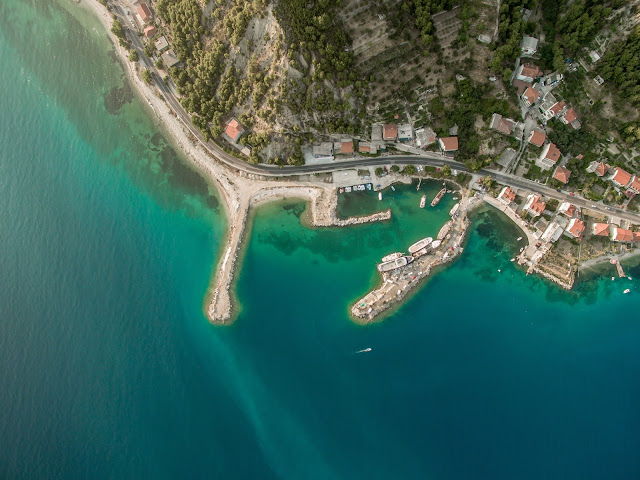Split | Split Travel Guide Information That Might Help You
Split Travel Guide
Also Read Sofia Travel Guide Information
Also Read Prague Travel Guide Information
Also Read Maldives Travel Guide Information
Also Read Bali Travel Guide Information
Also Read Hong Kong Travel Guide Information
 |
| Photo by Grant Ritchie on Unsplash |
Croatia’s second largest metropolis has a number of picturesque attractions.
First, the split (suggested as it is spelled) is located in the glossy Adriatic Sea of relevant Dalmatia. Its rolling terrain extends just down the coast and towards the turquoise waters, which appear on neighboring islands like the modern Hoover.
Also Read Moldova Travel Guide Information That will Help You
Secondly, it is hosted for a wonderful measure of history: suppose the Roman emperor Diocletian, who started building his palace here in exactly 295 AD. But despite the ancient cassettes, the split has not been caught in the past.
For example, in recent times its labyrinthine medieval palace consists of boozy bars and dining areas and stylish shops.
The solar usually shines somehow in the split, and yet it is reasonably priced to go - so the query is, what is saving you from going?
The best time to visit Split is September and October, when the crowds of visitors are scattered and the Adriatic Sea maintains enough heat for a temperature.
Between November, temperatures usually drop to the 40s and 50s, so they can turn around for winter relaxation. The months between April and June see rising temperatures and crowds, but the heights of the metropolis are seasonal when the climate is warm, and each visitor’s accommodation, aircraft and condominium automobiles are in the highest position.
Take advantage of the fact that many Croatian dining places offer lunch "Gabelok" or "Merenda" which can be a reasonably priced charge menu.
Avoid July and August
These months are the busiest of the height season and are completely extra from the charge of lodging from automobile condominium coats. While it is convenient to have your personal wheel in the split, traveling by bus will prevent a lump of cash.
Culture and customs
The reliable language of Croatia is Croatian, but many people in Split, especially within the Visitor Enterprise and more young Croatians (generation Y and Z) communicate in English.
Still, some of the key phrases and phrases to understand are first-rate, not including greetings of unusual place: day correctly, "dobar right" other key terms please "soften," and thank you, "hawala ti".
Because of the complex courts between Croatia and Serbia, it is wise to keep members of the family around Croatia and Serbia away from the spokes when talking to locals. The foreign meaning of split is Croatian kuna (HRK).
A U.S. greenback equals about 6.25 cents. Since the alternative fee fluctuates, you need to check it before your trip. You can opt for foreign money at the airport, but you can also discover higher alternative fees in the city. If you have received an ATM card that does not pay for cash withdrawals abroad, you may have to collect your coins at the nearest ATM.
Split is increasingly transforming into a nightlife destination, and vacationers will look for modern day bars and golf equipment that line the beach and are scattered throughout the metropolis. For indie music, try Club Casimodo; For a thrilling membership scene, hit the club jungle; And for Croatian rock and roll, try Legend Bar.
The most important feature of seafood splits - from fish to oysters to squid and octopuses. And almost announces to locals how seafood should be prepared.








No comments